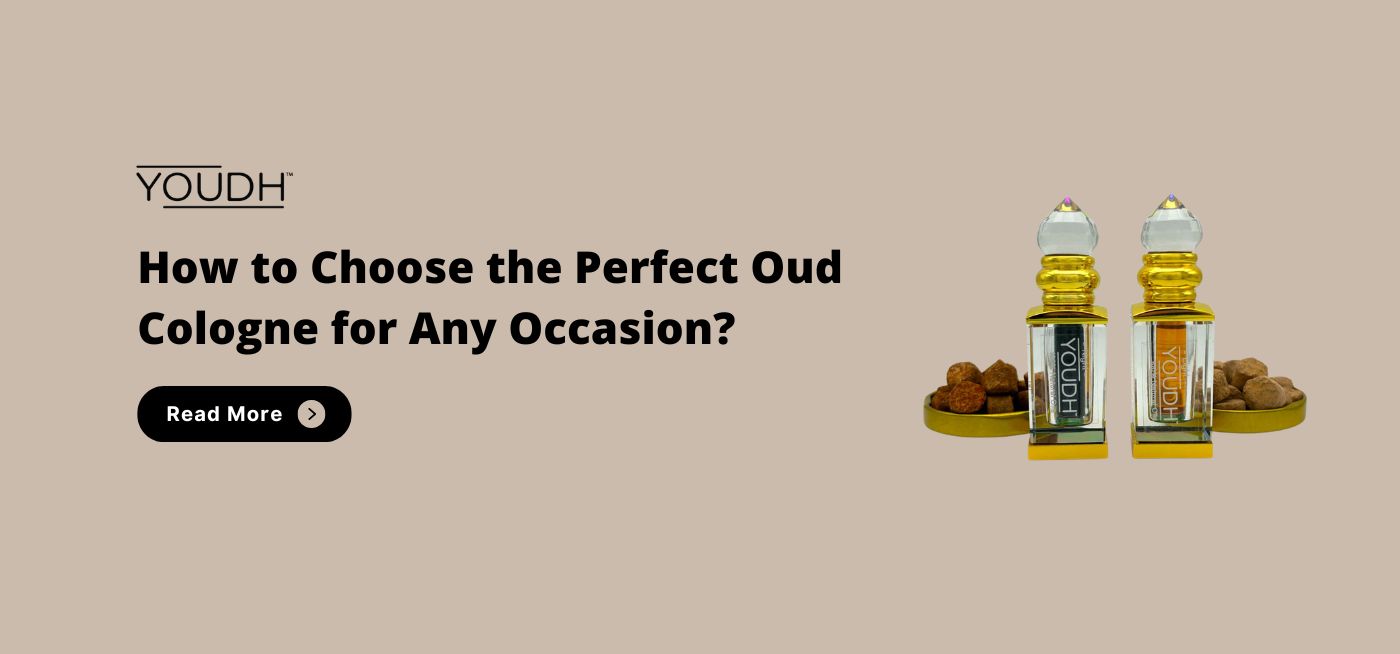
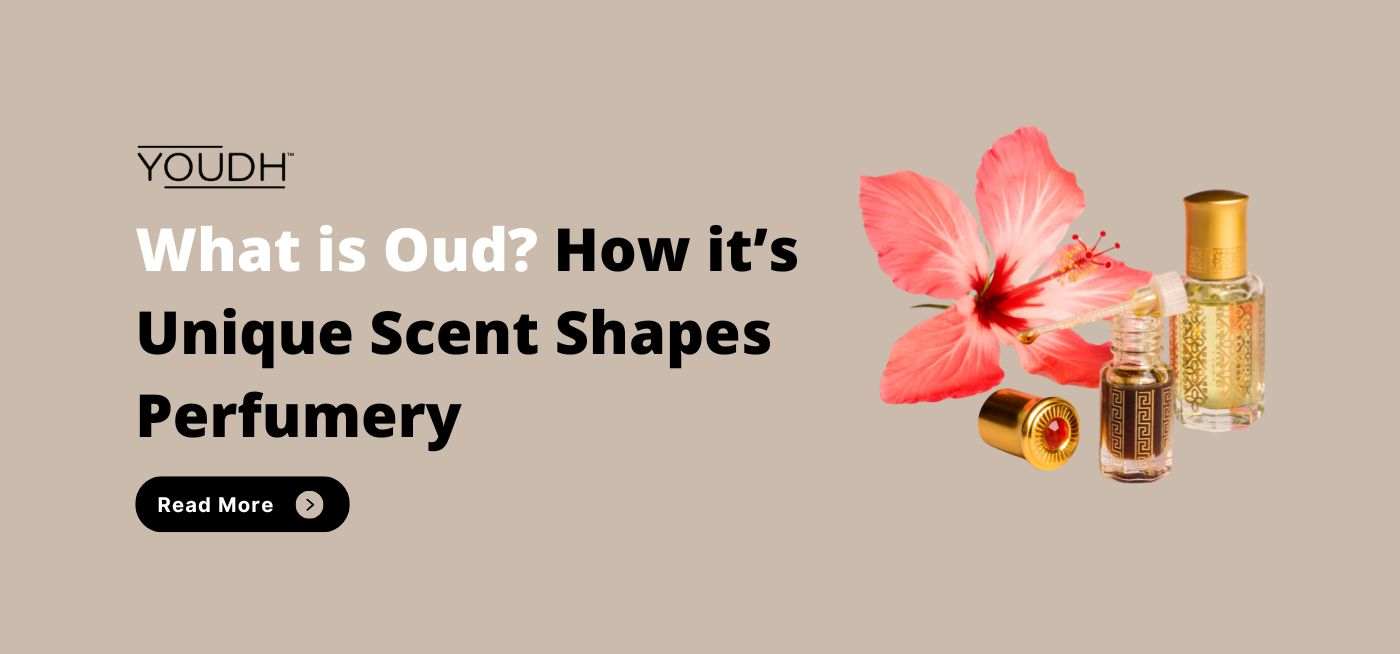
Oud, often referred to as “liquid gold,” is a sought-after and luxurious ingredient in the oud industry. Known for its rich, complex, and earthy aroma, oud is used to create deep, lasting fragrances, making it a cornerstone in both high-end and oriental perfumes. Whether you’re familiar with oud through its presence in perfumes or simply intrigued by its rarity and luxurious appeal, it’s essential to understand what oud is, how it smells, and why it holds such a prestigious place in the fragrance world. Let’s explore everything you need to know about oud, its origins, and its significance in the world of oud perfume.
Oud, derived from the Arabic word for “wood,” is a resin extracted from the Aquilaria tree. This tree, native to Southeast Asia, produces oud when infected by a specific mold. In response to the infection, the tree secretes a dark, aromatic resin known as agarwood, which is the source of oud. If you’re wondering What is Oud and why it’s so highly valued, its rich, woody, earthy, and sometimes animalic scent makes it one of the most coveted ingredients in the perfume industry.
Due to the rarity of agarwood and the labor-intensive process of harvesting it, oud is one of the most expensive ingredients used in perfume production. The cost of high-quality oud can range from USD 30,000 to USD 100,000 per kilogram, with the global market for oud valued at approximately USD 6-8 billion annually.
Oud is primarily sourced from Aquilaria trees found in Southeast Asia, including India, Sri Lanka, and parts of Southeast Asia. The resin is produced when the tree becomes infected with a specific mold, which causes the tree to produce the aromatic resin known as agarwood. Only a small percentage of these trees produce the resin, making oud an extremely rare and valuable resource.
Due to over-harvesting and illegal logging, many species of Aquilaria are now critically endangered. In response to this, some countries have begun cultivating sustainable plantations of Aquilaria trees to meet the growing demand for oud while preserving these valuable trees.
Oud is primarily used as a base note in perfumes due to its intense, complex aroma. The deep, woody scent of oud provides a foundation that enhances and extends the longevity of a fragrance. Its ability to ground a perfume and add warmth, depth, and sophistication is why it’s frequently found in luxury and oriental fragrances.
For those who love the richness of oud but prefer a lighter, more delicate experience, YOUDH Bakhoor Light offers a beautifully balanced aromatic journey. Its subtle yet captivating scent is perfect for creating a serene and fragrant atmosphere without overpowering the senses.
Given the scarcity and high cost of natural oud, many perfumers have developed synthetic alternatives. These synthetic versions aim to replicate the scent of natural oud but are more affordable. Synthetic oud is often sweeter and more approachable than the raw intensity of natural oud.
While synthetic oud can mimic some of the characteristics of natural oud, it lacks the depth and complexity that come with oud that has aged naturally in agarwood. Perfumers often blend both natural and synthetic oud to achieve a balance between authenticity and cost-effectiveness.
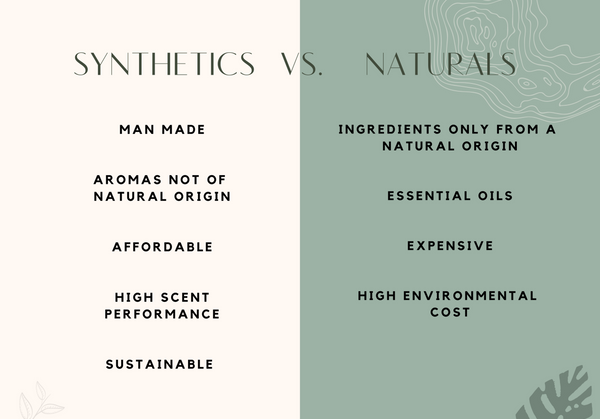
Oud’s scent is deep, dark, and woody, often described as earthy, smoky, and sweet, with occasional animalic undertones. This rich fragrance evokes warmth, sophistication, and luxury, making it a preferred choice for those seeking a bold, long-lasting perfume. Oud fragrance is versatile and can complement many other notes, enhancing the overall fragrance composition.
Oud belongs to the woody fragrance family, known for its rich, natural wood-based scents. In perfumes, oud can pair well with floral, fruity, or herbal notes, making it a perfect ingredient for crafting luxurious and exotic fragrances.
The demand for oud is steadily increasing, particularly in luxury and niche fragrances. The global market for oud-based products, including oils, incense, and perfumes, is projected to grow significantly over the next few years. The agarwood essential oil market, in particular, is expected to experience substantial growth, with projections of an additional USD 1.13 billion between 2023 and 2028.
As demand for oud continues to rise, there is growing pressure to ensure sustainable production. Efforts to protect the endangered Aquilaria tree and regulate harvesting practices are vital to preserving the natural supply of oud while meeting the needs of the global market.
Natural oud is derived from the agarwood tree, whereas synthetic oud is artificially created to mimic the scent. While synthetic oud is more affordable, it lacks the depth and complexity of natural oud.
Oud is used as a base note in perfumes. Its earthy, woody aroma adds depth and longevity, ensuring that the fragrance lasts longer on the skin.
Due to over-harvesting, many Aquilaria trees are endangered. However, efforts are underway to cultivate sustainable plantations and regulate harvesting to meet the growing demand for oud.
Oud continues to influence fragrance creation by adding complexity, richness, and longevity to perfumes. It remains a key ingredient in luxury and oriental perfumes, shaping the future of high-end fragrances.
The global market for oud is experiencing rapid growth, with significant increases in the demand for oud-based products such as oils, incense, and perfumes. As more consumers become intrigued by its rich and complex aroma, many are asking, what does oud smell like? The answer lies in its deep, woody, and sometimes smoky scent, which has made oud a prized ingredient in luxury fragrances worldwide.
Oud is a highly prized and luxurious ingredient in the world of perfumery. Its rich, earthy, and complex scent provides depth, warmth, and longevity to perfumes, making it one of the most valuable materials in the fragrance industry. Whether sourced naturally from the rare Aquilaria trees of Southeast Asia or synthetically produced, oud continues to captivate fragrance enthusiasts worldwide.
As the global demand for oud rises, it is crucial that the industry embraces sustainable practices to protect the endangered Aquilaria tree and ensure that oud remains a part of the fragrance world for years to come. Oud will undoubtedly continue to be a cornerstone in luxury perfumes, influencing fragrance creation for generations to come.

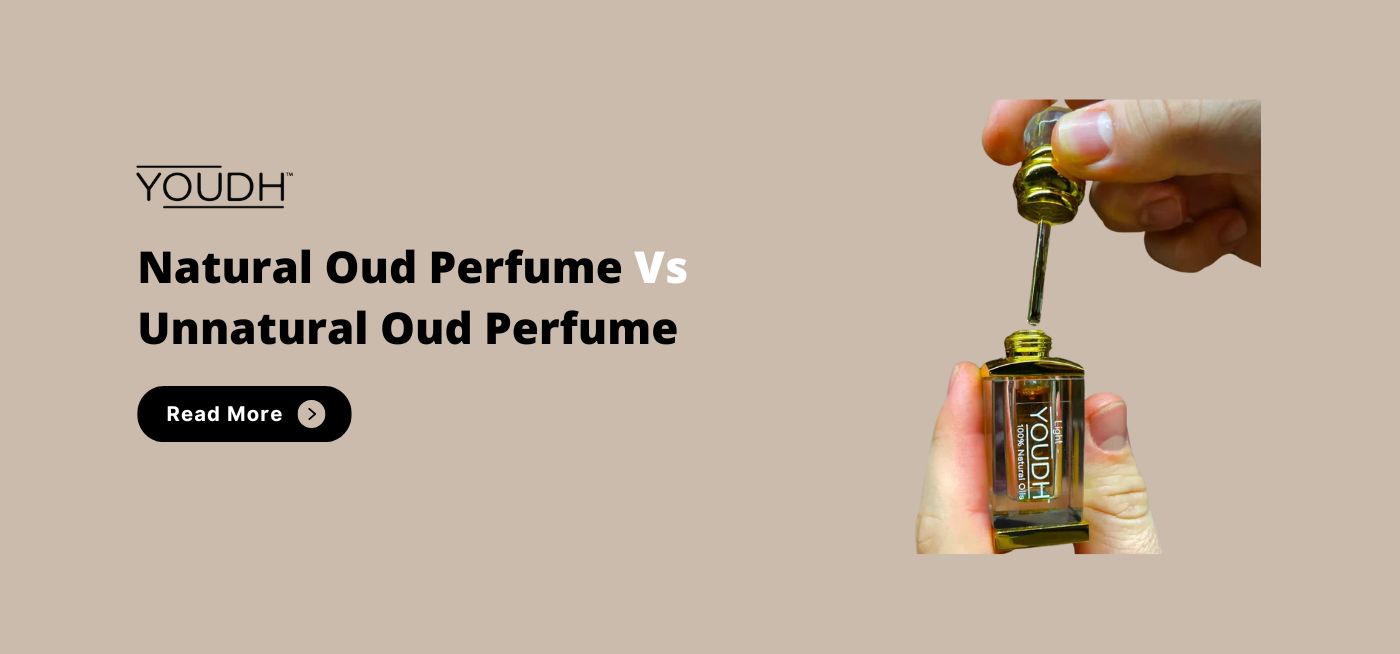
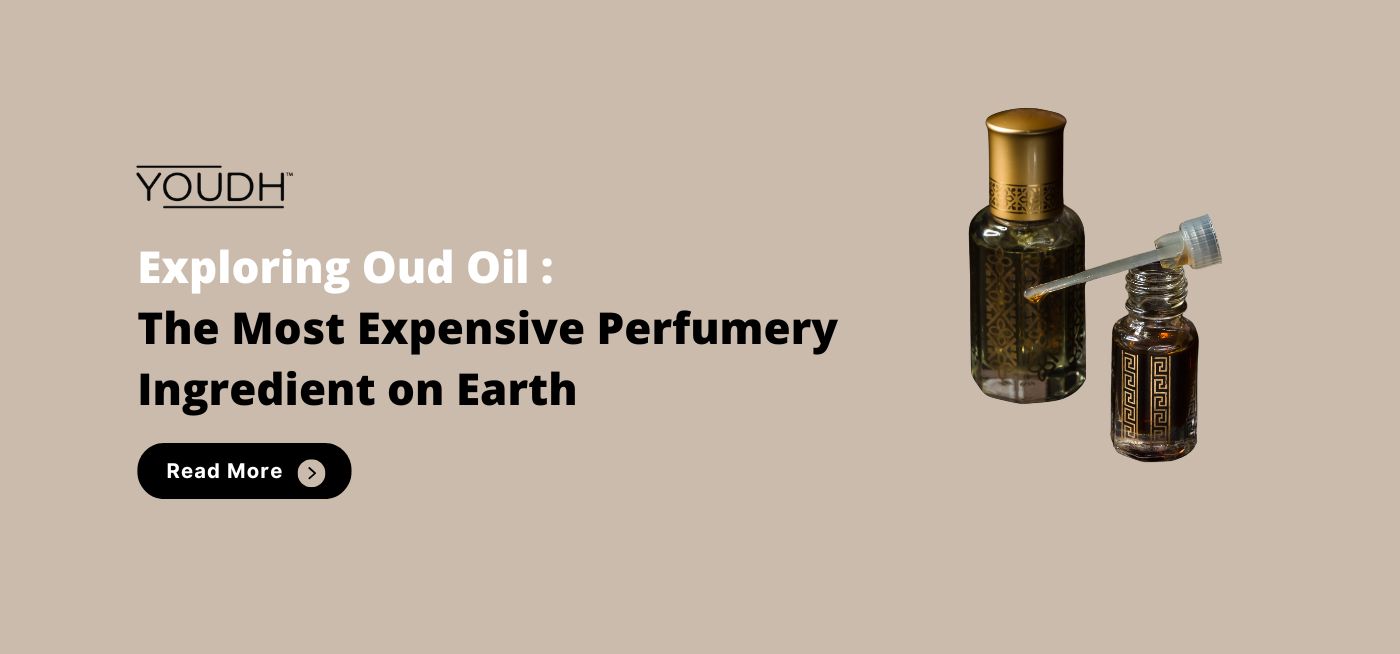

Copyright © 2025 | YOUDH™ | All Rights Reserved | Developed By Invisio Solutions Ltd